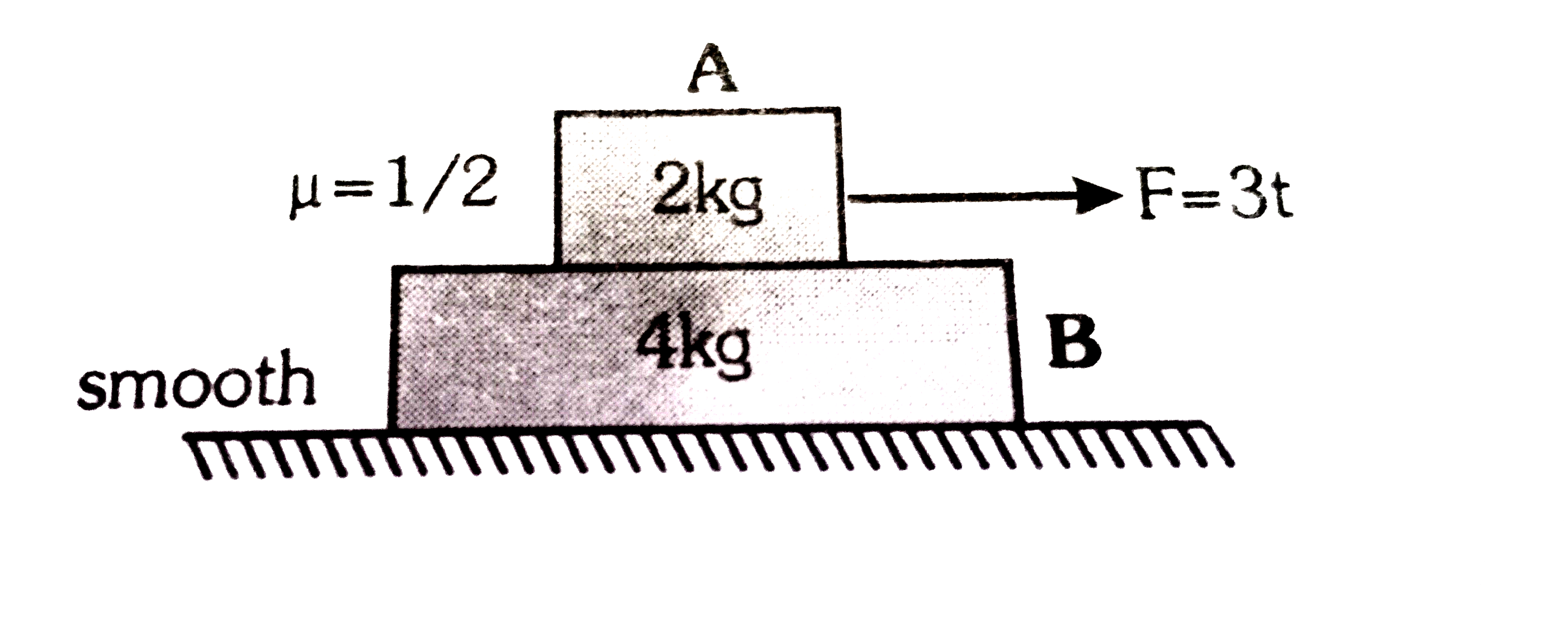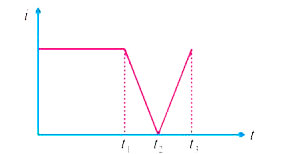Draw the graph showing cooling of hot water with time.
To draw the graph showing the cooling of hot water with time, we will follow these steps:
Step 1: Understand Newton's Law of Cooling
According to Newton's Law of Cooling, the rate of change of temperature of an object is proportional to the difference between its temperature and the surrounding temperature. This means that as the object cools, the temperature difference decreases, leading to a slower rate of cooling over time.
Hint: Remember that the cooling process is not linear; it slows down as the temperature approaches the surrounding temperature.
Step 2: Define the Variables
- Let Tb be the initial temperature of the hot water.
- Let Ts be the surrounding temperature (ambient temperature).
- Let T(t) be the temperature of the water at time t.
Hint: Identify the initial and surrounding temperatures clearly, as they are crucial for understanding the cooling process.
Step 3: Write the Cooling Equation
The temperature of the hot water as a function of time can be expressed as:
T(t)=Ts+(Tb−Ts)e−kt
where k is a constant that depends on the characteristics of the cooling environment.
Hint: This equation shows that the temperature approaches the surrounding temperature asymptotically.
Step 4: Set Up the Graph
- On the vertical axis (y-axis), plot the temperature T(t).
- On the horizontal axis (x-axis), plot the time t.
Hint: Label your axes clearly to avoid confusion.
Step 5: Plot the Initial Point
Start by plotting the initial temperature Tb at time t=0.
Hint: This point represents the starting condition of your cooling process.
Step 6: Draw the Exponential Decay Curve
As time progresses, the temperature will decrease exponentially. The curve should start at Tb and approach Ts but never actually reach it. The curve will be steep initially and then flatten out as it approaches the surrounding temperature.
Hint: The shape of the curve should reflect the exponential nature of the cooling process.
Step 7: Indicate the Surrounding Temperature
Mark the surrounding temperature Ts on the graph, showing that the temperature of the hot water approaches this value over time.
Hint: This helps to visualize the end behavior of the cooling process.
Final Graph
Your final graph should show an exponential decay curve starting from Tb and approaching Ts as time increases.
---
According to Newton's Law of Cooling, the rate of change of temperature of an object is proportional to the difference between its temperature and the surrounding temperature. This means that as the object cools, the temperature difference decreases, leading to a slower rate of cooling over time.
- Let Tb be the initial temperature of the hot water.
- Let Ts be the surrounding temperature (ambient temperature).
- Let T(t) be the temperature of the water at time t.
The temperature of the hot water as a function of time can be expressed as:
T(t)=Ts+(Tb−Ts)e−kt
where k is a constant that depends on the characteristics of the cooling environment.
- On the vertical axis (y-axis), plot the temperature T(t).
- On the horizontal axis (x-axis), plot the time t.
Start by plotting the initial temperature Tb at time t=0.
As time progresses, the temperature will decrease exponentially. The curve should start at Tb and approach Ts but never actually reach it. The curve will be steep initially and then flatten out as it approaches the surrounding temperature.
Mark the surrounding temperature Ts on the graph, showing that the temperature of the hot water approaches this value over time.
Your final graph should show an exponential decay curve starting from Tb and approaching Ts as time increases.
Topper's Solved these Questions
- BOOK - SL ARORACHAPTER - Thermal Properties of MatterEXERCISE - Exercise449videos
Thermal Properties of Matter
- BOOK - SL ARORACHAPTER - System of particles & rotational MotionEXERCISE - EXERCISE353videos
System of particles & rotational Motion
- BOOK - SL ARORACHAPTER - THERMODYNAMICSEXERCISE - Exercise342videos
THERMODYNAMICS
Similar Questions
Knowledge Check
- Question 1 - Select One
The graph showing a time series is called
AHistorigramBOgiveCHictogramDPolygon
Draw a graph showing the variation of decay rate with number of active nuclei.
View SolutionDraw the graph showing the variation of intensity of polarised light transmitted by an analyser.
View SolutionIn SHM of a particle, draw graphs showing variation in acceleration with time. Hence discuss the phase relationship between them using proper equations.
View SolutionDraw graph showing variation of voltage and current with time over one cycle of ac.for X
View SolutionDraw a graph showing the variation of the gravitational acceleration due to the Earth with depth and altitude.
View SolutionFor shown situation draw a graph showing acceleration of A and B on y-axis and time on x-axis (g=10ms−2)
 View Solution
View SolutionThe current i in an induction coil varies with time t according to the graph

Draw the graph of induced e.m.f. with time.View Solution

